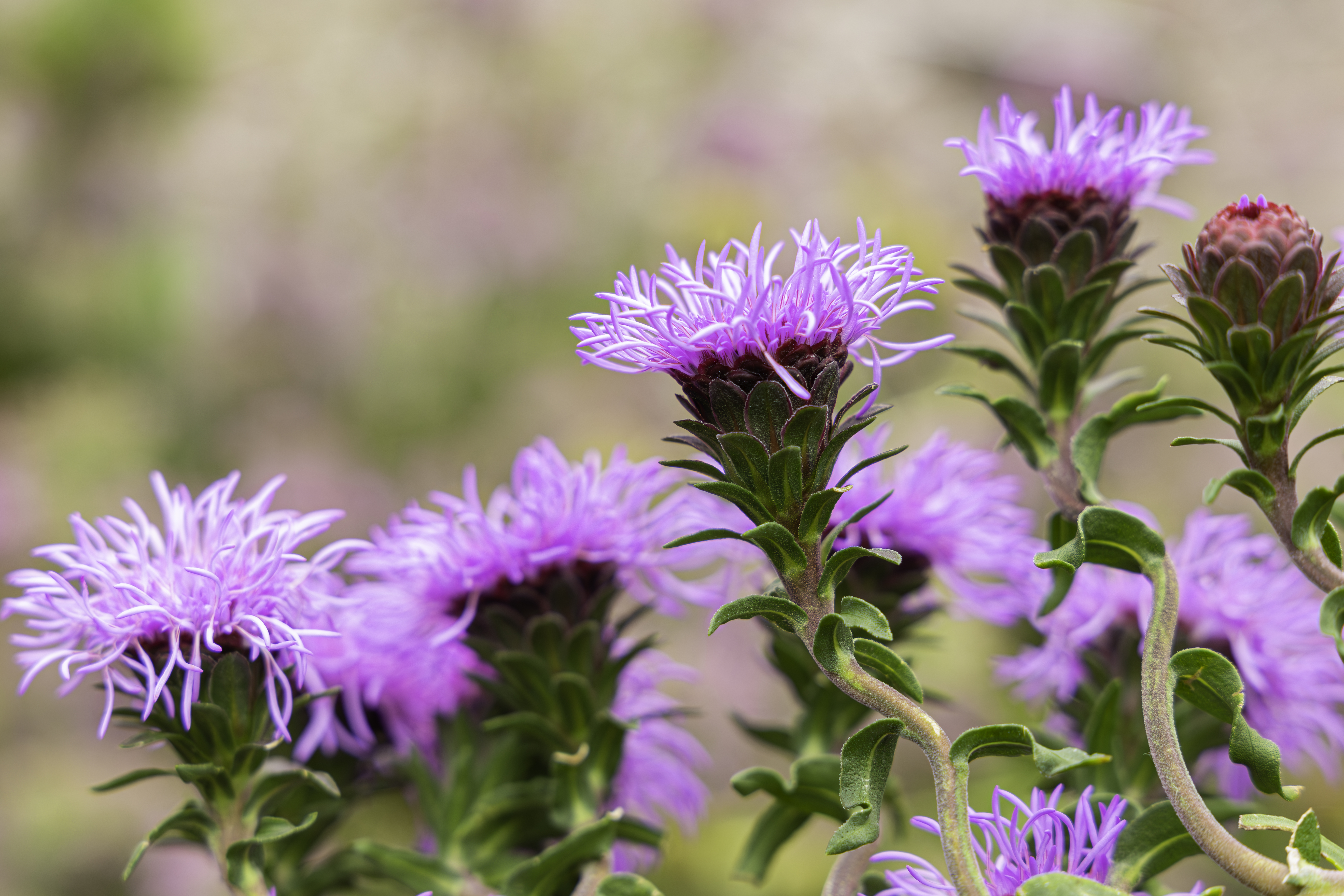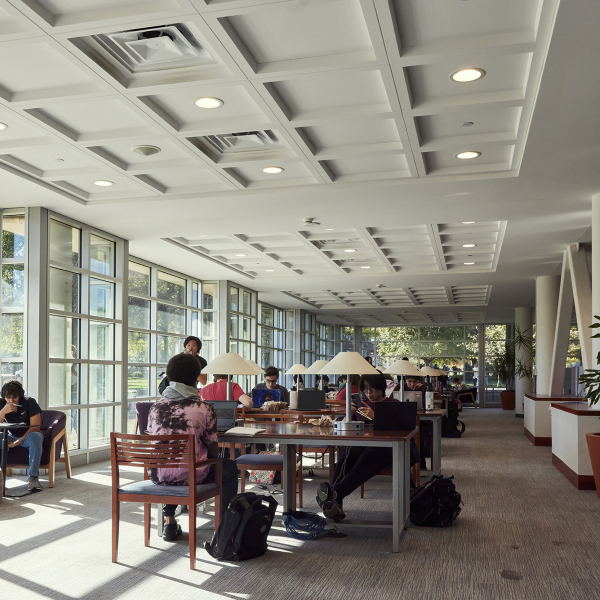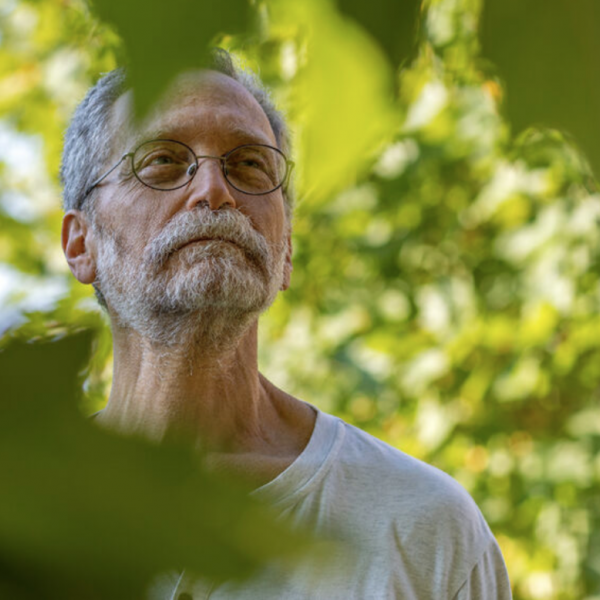A study supported by the Living Earth Collaborative found that local flowers are blooming up to several weeks longer than in past decades.
The wildflowers that bring a burst of color to meadows and forests across St. Louis are blooming later and longer than they did in previous decades, according to a study led by researchers with the Living Earth Collaborative, a signature initiative of the Arts & Sciences Strategic Plan.
Researchers drew on a rich trove of historical observations going back more than a century to identify a clear reason why flowering plants have become extra showy over time: climate change. “Many species have increased the length of their flowering time with warming temperatures,” said lead author Matthew Austin, now the curator of biodiversity data at the Missouri Botanical Garden.
Austin led the research during his time as a postdoctoral researcher with the Living Earth Collaborative. Kenneth Olsen, the George William and Irene Koechig Freiberg Professor of Biology, is a co-author. The study, published in New Phytologist, was supported by the Living Earth Collaborative and the National Science Foundation.
Researchers studied 68 species of flowers at or near Shaw Nature Reserve, a division of the Missouri Botanical Garden located in Gray Summit, Missouri. Their analysis included herbarium collection samples dating back to the 1850s as well as detailed daily observations dating back to the late 1930s.
The team also collected local climate data. The average annual temperature at Shaw Nature Reserve increased by about 0.6 degrees Celsius (1.1 degrees Fahrenheit) from 1895 to 2018. In that same time, annual precipitation increased by about 10 cm (4 inches).
Compared to plants from a century ago, the 68 plant species at Shaw averaged an extra 12 days of flowering. The trend was especially strong for flowers that bloom in the late summer and fall, including white asters, purple blazing stars, and yellow black-eyed Susans. In some cases, modern blooms are lasting several weeks longer than they did in past decades.

As Austin explained, plants that flower in late summer and autumn often keep their blooms until the cold weather sets in. “It’s staying warmer for longer, so cold temperatures are arriving later now than a hundred years ago,” he said.
The study speaks to the long history of plant research in the St. Louis area, Olsen said. “We owe a tremendous debt of gratitude to the earlier generations of botanists, especially Edgar Anderson, former director of the Missouri Botanical Garden, for their careful field observations,” he said. “Without their data from the 1930s and earlier, this sort of study just wouldn’t be possible.”
The lingering flowers add beauty to the landscape, but those bursts of color could also have a downside. Plants produce flowers to attract pollinators, but more flowers mean more competition among plants trying to catch the attention of bees and other pollinators. “Because so many species are increasing the length of time that they're flowering, we’re seeing greater overlap,” Austin said.
Almost all the flowers in the study have increased flowering overlap and are competing with more species than a century ago. “Over time, there could be winners and losers,” Austin said. Given enough time, it’s possible that some plants could die off due to their inability to stand out in the crowd of blossoms, he said.
Austin suspects that flowers in many other parts of the world are also blooming longer due to climate change. “My guess is this is a common phenomenon, but it hasn’t been documented because very few places have such high-quality observations going back so many decades.”
Header image by Nathan Kwarta. Photo courtesy of the Missouri Botanical Garden.




